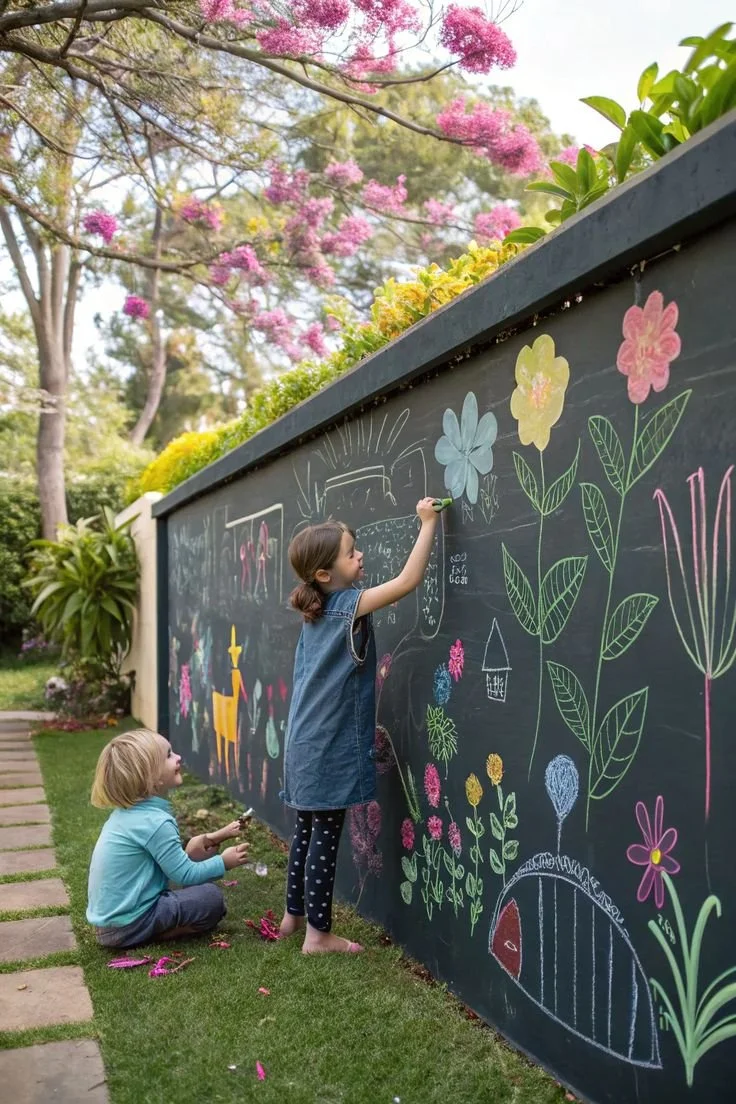Raising Emotionally Resilient Kids in a Screen-Filled World
Children today grow up immersed in screens. However, this landscape creates new pressures—social media, constant notifications, and online comparison. Meanwhile, emotional resilience is more vital than ever. Therefore, parents must equip kids with tools to navigate digital life and thrive.
Why Emotional Resilience Matters
Firstly, resilience helps kids cope with stress and adapt to challenges.
Moreover, research shows that it predicts healthier relationships, better self-esteem, and academic success.
Consequently, resilient children can handle disappointment, peer pressure, and screen-related anxiety with grace.
Screens Can Undermine Emotional Growth
Also, relying on devices to soothe emotions may hinder self-regulation skills.
Additionally, excessive screen time disrupts emotional awareness and increases irritability, reduces attention span, and causes sleep problems.
Therefore, unchecked screen use can leave children less prepared to manage real-world stress.
Starting with Boundaries and Awareness
Next, begin by setting clear screen-time limits and tech-free zones—like during meals or before bed.
Meanwhile, help children recognize their stress signals—physical tension, restlessness, or speeding heartbeats—through mindful check-ins.
Also, open conversations about feelings—what they’re thinking during or after digital use—build awareness and trust.
Building Coping Skills Through Mindfulness
Moreover, simple mindfulness tools can help kids reset during digital stress.
For instance, teach deep breathing, grounding exercises, or visualisation to reduce overwhelm.
Thus, children learn to pause and respond calmly—rather than react impulsively online.
Encourage Offline Activities & Connection
Furthermore, outdoor play, family meals, creative hobbies, and sports foster emotional stability and screen balance.
Likewise, unstructured play and time in nature build problem-solving skills, independence, and resilience.
Hence, it boosts resilience more than quick digital fixes ever can.
Role Modeling & Emotional Coaching
Additionally, children learn by watching adults.
Therefore, when parents manage their screen habits and emotions—by taking self-time-outs or naming feelings—they show kids how to cope.
Also, responding with empathy when kids express feelings reinforces safety and builds emotional literacy.
Teaching Emotional Vocabulary & Regulation
Meanwhile, helping children label their emotions is a powerful skill.
For example, emotion charts and nightly check-ins foster awareness.
Additionally, teach them to confront problems in manageable steps—breaking big issues into smaller actions.
Leverage Structured Programs & Tools
Moreover, evidence-based resilience programs—like FRIENDS—teach children emotional awareness, coping skills, and ongoing practice.
Furthermore, new AI tools are emerging that prompt parent-child conversations about emotional content in media, helping kids reflect on what they watch.
A Daily Resilience Routine
Screen check-ins: Pause during digital time to assess mood and tension.
Mindful breaks: Use 5-minute breathing, stretching, or grounding between screen sessions.
Tech-free rituals: Hold meals, reading time, and bedtime device-free.
Outdoor play: Build movement into everyday life—walks, sports, or nature time.
Emotion talk: Use daily prompts like “How did you feel today?” to invite sharing.
Teach coping tools: Introduce strategies like positive self-talk, reflection time, or problem-solving.
Reflect together: End the day sharing moments when screens helped—or made things harder.
Real Benefits
Ultimately, children who learn self-regulation and emotional awareness navigate online experiences with more confidence.
Also, families who model screen balance and coping strategies create safer, more connected environments.
Meanwhile, resilience isn’t built overnight—it grows through daily interactions, mindful choices, and supportive routines.
Final Thoughts
Raising emotionally resilient kids in a digital world requires clear boundaries, emotional coaching, and mindful habits. By guiding them to recognize feelings, offering non-screen coping tools, and modeling balanced behavior, you help them thrive—both online and offline.
So, start small: establish tech-free rituals, teach one coping skill, and nurture emotional awareness. Because true resilience is the best screen protection you can give your child.


